What Roast is the Strongest Coffee? A Guide to Coffee Roasting Levels and Their Caffeine Content
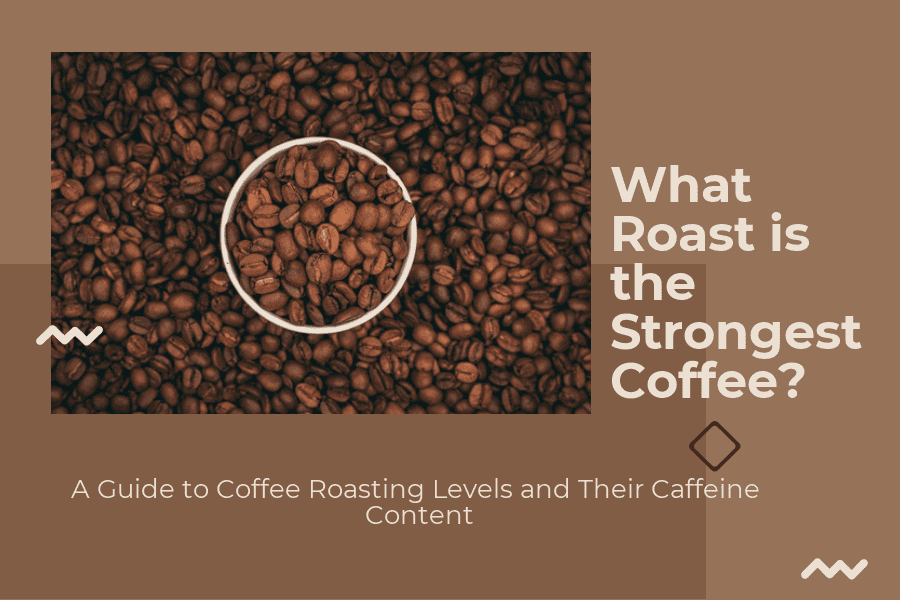
Coffee lovers around the world are always on the hunt for the perfect cup of coffee. One of the most debated topics in the coffee world is which roast is the strongest coffee. The answer isn’t as straightforward as one might think, as several factors play a role in determining the strength of a coffee.
Roasting is the process of heating coffee beans to bring out their flavor and aroma. The longer the beans are roasted, the darker they become, and the more intense their flavor. However, the roast level does not necessarily determine the caffeine content of the coffee. While it’s commonly thought that dark roast coffee has more caffeine than light roast coffee, this is not always the case. In fact, the caffeine content of coffee varies depending on the type of bean, the brewing method, and the serving size.
What is Coffee Roast?
Coffee roast refers to the degree of roasting that coffee beans undergo during the roasting process. The roasting process is what gives coffee its aroma and flavor. The longer the beans are roasted, the darker the roast, and the more complex the flavor profile.
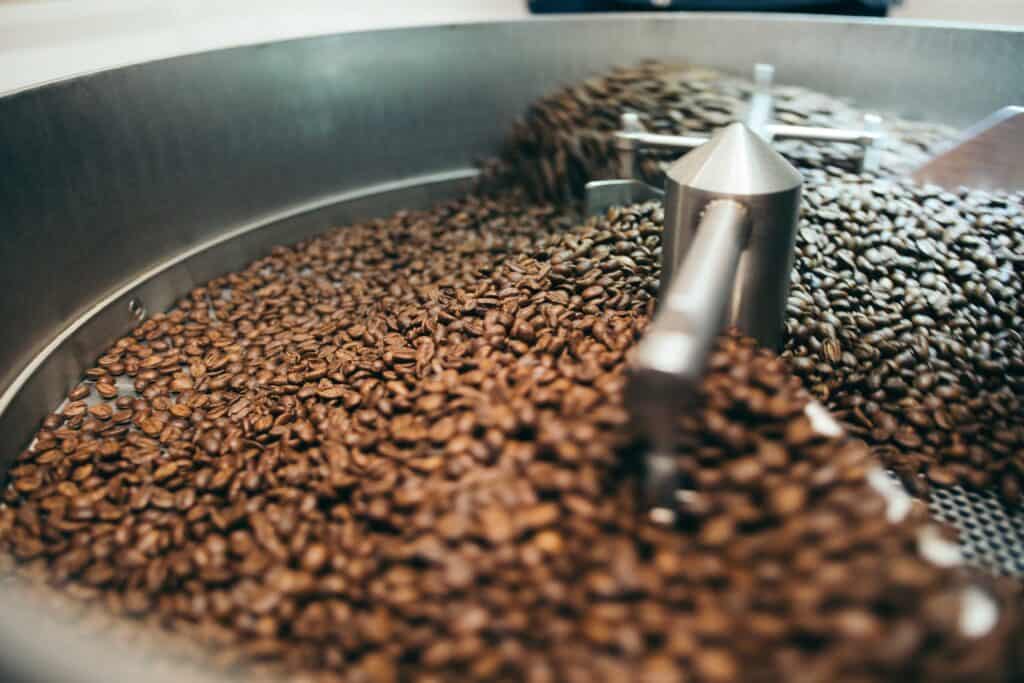
Roasting Process
The roasting process involves heating coffee beans at high temperatures until they reach a certain level of roast. During this process, the beans undergo several chemical changes that affect their flavor, aroma, and caffeine content. The roasting process also affects the acidity and body of the coffee.
Roasting Levels
There are several levels of coffee roast, ranging from light to dark. Each level of roast has its own unique flavor profile, aroma, and caffeine content.
- Light Roast: Light roast coffee is roasted for a shorter time at a lower temperature, resulting in a light brown color and a mild flavor profile. Light roast coffee has a higher acidity and more caffeine content than darker roasts.
- Medium Roast: Medium roast coffee is roasted for a slightly longer time at a higher temperature than light roast coffee. It has a medium brown color and a balanced flavor profile that is less acidic than light roast coffee.
- Dark Roast: Dark roast coffee is roasted for the longest time at the highest temperature, resulting in a dark brown color and a strong, bold flavor profile. Dark roast coffee has a lower acidity than lighter roasts and less caffeine content.
In conclusion, the degree of roast that coffee beans undergo during the roasting process affects their flavor, aroma, and caffeine content. Light roast coffee has a mild flavor profile and more caffeine content, while dark roast coffee has a strong, bold flavor profile and less caffeine content. The roasting process is an essential step in the coffee-making process and plays a significant role in determining the quality of the coffee.
What Makes Coffee Strong?
When it comes to coffee, strength is often associated with the concentration of caffeine. However, there are several factors that contribute to the strength of coffee, including caffeine content, brewing method, grind size, and water ratio.
Caffeine Content
Caffeine is a natural stimulant found in coffee that gives it its energizing effect. The caffeine content in coffee can vary depending on the type of coffee bean, roast level, and brewing method. Generally, Robusta coffee beans have higher caffeine content than Arabica coffee beans. According to Latte Love Brew, Robusta beans have 1.65 times more caffeine per bean than Arabica beans.
Brewing Method
The brewing method used can also affect the strength of coffee. For example, espresso is typically stronger than drip coffee because it is brewed under high pressure and in a shorter amount of time. French press coffee, on the other hand, is brewed using a longer steeping time, resulting in a stronger coffee flavor.
Grind Size
The size of the coffee grounds used can also impact the strength of coffee. Finely ground coffee will result in a stronger coffee flavor because it has a larger surface area, allowing for more extraction of coffee solids and oils. Coarsely ground coffee, on the other hand, will produce a weaker coffee flavor because it has less surface area for extraction.
Water Ratio
The ratio of coffee to water used in brewing can also affect the strength of coffee. A higher coffee to water ratio will result in a stronger coffee flavor because there is more coffee per unit of water. The Golden Ratio for regular brewed coffee is two tablespoons of coffee for every six ounces of water. However, adjusting the coffee to water ratio can be a matter of personal preference.
In conclusion, the strength of coffee is influenced by several factors, including caffeine content, brewing method, grind size, and water ratio. By adjusting these variables, you can customize your coffee to your preferred strength and taste.
Types of Coffee Roasts
When it comes to coffee, the degree to which the beans are roasted can have a significant impact on the flavor, aroma, and caffeine content of the final product. There are three main types of coffee roasts: light, medium, and dark.
Light Roast
Light roast coffee is roasted for a shorter period of time, typically between 350°F and 400°F. This roast level produces a light brown color and a milder flavor with higher acidity. Light roast coffee also retains more of its original characteristics from the specific beans used, making it a great choice for single-origin coffees. Light roast coffee has the highest caffeine content of all the roast levels.
Medium Roast
Medium roast coffee is roasted between 400°F and 430°F. This roast level produces a darker brown color and a more balanced flavor with medium acidity. Medium roast coffee often has a nutty or chocolatey flavor profile and is a popular choice for espresso drinks. It has slightly less caffeine than light roast coffee.
Dark Roast
Dark roast coffee is roasted for the longest period of time, typically between 465°F and 480°F. This roast level produces a shiny black color and a bold, smoky flavor with low acidity. Dark roast coffee often has a caramel or burnt sugar flavor profile and is a popular choice for French press or drip coffee. Dark roast coffee has the least amount of caffeine of all the roast levels.
It’s important to note that the roast level can also depend on the specific beans used. Arabica beans are commonly used for lighter roasts, while Robusta beans are often used for darker roasts. Robusta beans have a higher caffeine content than Arabica beans, meaning that dark roast coffee made with Robusta beans will have more caffeine than dark roast coffee made with Arabica beans.
In summary, light roast coffee has the highest caffeine content, while dark roast coffee has the least amount of caffeine. The specific beans used can also impact the roast level and caffeine content.
Strongest Coffee Roasts
When it comes to coffee, the strength of the roast is often associated with the caffeine content. However, the roast level does not necessarily determine the caffeine content of the coffee. The caffeine content is primarily determined by the type of bean used. Nevertheless, darker roasts tend to have a bolder and more robust flavor, which is often associated with strength.
French Roast
French roast is one of the darkest roasts available. It is roasted until the coffee beans are almost black and have a shiny surface. French roast has a smoky, bold flavor and is often associated with a strong taste. However, the longer roasting process also means that the caffeine content is lower than in lighter roasts.
Italian Roast
Italian roast is another dark roast that is popular for its strong flavor. It is roasted until the beans are almost black and have a shiny surface, similar to French roast. Italian roast has a slightly sweeter taste than French roast, with hints of caramel and chocolate. However, like French roast, the longer roasting process also means that the caffeine content is lower than in lighter roasts.
Viennese Roast
Viennese roast is a medium to dark roast that is roasted until the beans are a rich, dark brown color. It has a slightly sweeter taste than French and Italian roasts, with a hint of nuttiness. Viennese roast is often considered a good balance between the boldness of dark roasts and the lightness of medium roasts. However, like the other two roasts, the caffeine content is lower than in lighter roasts.
In conclusion, while darker roasts are often associated with strength, the caffeine content is not necessarily higher. The type of bean used primarily determines the caffeine content, and lighter roasts tend to have higher caffeine content. Nevertheless, French, Italian, and Viennese roasts are popular for their bold and robust flavors.
Brewing the Strongest Coffee
When it comes to brewing the strongest coffee, there are a few things to keep in mind. The brewing method, water, water ratio, grind size, and strength all play a role in determining the strength of your coffee. In this section, we’ll take a look at how to brew the strongest coffee using different brewing methods.
Espresso
Espresso is known for its strong and intense flavor. To make the strongest espresso possible, use a dark roast coffee bean and a fine grind size. The water temperature should be around 200°F, and the water ratio should be 1:2 (one part coffee to two parts water). This will result in a concentrated shot of espresso that is full of flavor and caffeine.
Drip Coffee
Drip coffee is a popular brewing method that is known for its convenience. To make the strongest drip coffee possible, use a dark roast coffee bean and a medium grind size. The water temperature should be around 200°F, and the water ratio should be 1:15 (one part coffee to fifteen parts water). This will result in a strong and flavorful cup of coffee.
Cold Brew
Cold brew is a brewing method that involves steeping coffee grounds in cold water for an extended period of time. To make the strongest cold brew possible, use a dark roast coffee bean and a coarse grind size. The water temperature should be cold, and the water ratio should be 1:4 (one part coffee to four parts water). This will result in a smooth and strong cup of coffee that is perfect for hot summer days.
French Press
French press is a brewing method that involves steeping coffee grounds in hot water and then pressing them through a mesh filter. To make the strongest French press coffee possible, use a dark roast coffee bean and a coarse grind size. The water temperature should be around 200°F, and the water ratio should be 1:15 (one part coffee to fifteen parts water). This will result in a bold and flavorful cup of coffee.
In conclusion, the strength of your coffee depends on a variety of factors. By adjusting the brewing method, water, water ratio, grind size, and strength, you can make the strongest coffee possible. Keep in mind that using too much coffee or brewing for too long can result in a bitter taste. Experiment with different brewing methods and find the one that works best for you.
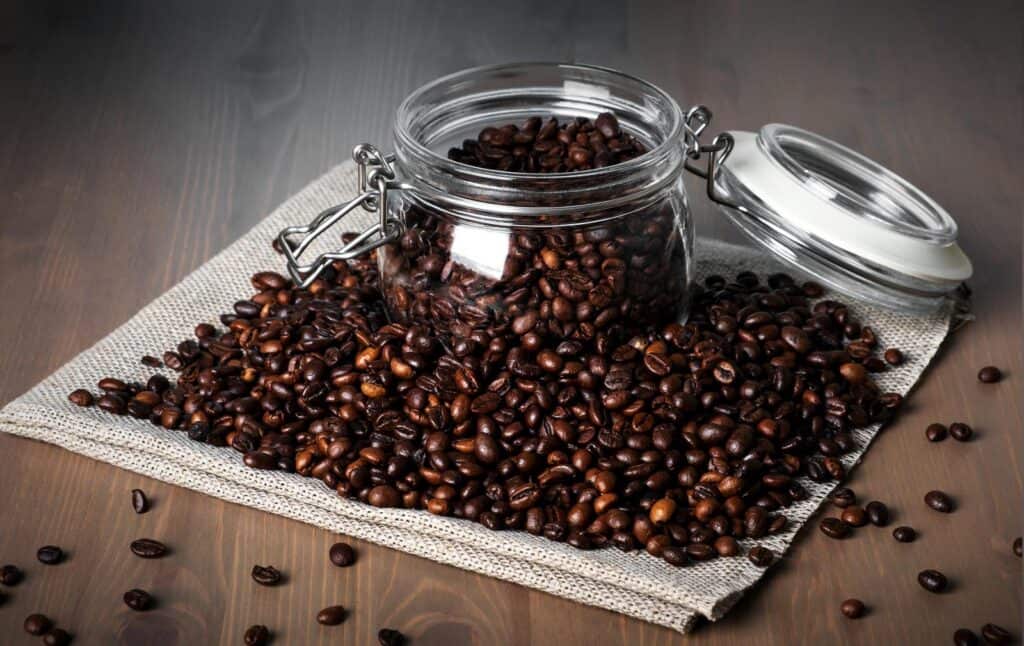
Misconceptions About Strong Coffee
When it comes to coffee, there are many misconceptions about what makes it strong. One of the most common misconceptions is that the darker the roast, the stronger the coffee. In reality, the strength of coffee is determined by the amount of coffee used and the brewing method, not the roast level.
Another misconception is that strong coffee is always bitter. While bitterness can be a characteristic of strong coffee, it is not necessarily an indicator of strength. The bitterness of coffee can be influenced by many factors, including the roast level, the brewing method, and the quality of the beans.
It is also important to note that caffeine is not the only stimulant in coffee. While caffeine is the most well-known stimulant, coffee also contains other compounds that can have a stimulating effect, such as theobromine and theophylline. These compounds can contribute to the perceived strength of coffee, even if the caffeine content is relatively low.
Contrary to popular belief, drinking coffee in moderation has been associated with a reduced risk of type 2 diabetes. However, excessive consumption of coffee can have negative health effects, such as increased anxiety and disrupted sleep patterns.
In terms of health benefits, both light and dark roasts have been shown to have antioxidant properties and may offer protection against certain diseases. However, the specific health benefits of coffee can vary depending on the individual and their overall diet and lifestyle.
In conclusion, the strength of coffee is not determined by the roast level alone, and there are many misconceptions about what makes coffee strong. While bitterness can be a characteristic of strong coffee, it is not necessarily an indicator of strength, and the health benefits of coffee can vary depending on the individual.
Conclusion
In conclusion, determining the strength of coffee is a complex process that involves several factors, including roast level, bean type, brewing method, and grind size. Dark roast coffee is often considered the strongest in terms of flavor and caffeine content, but it ultimately comes down to personal preference.
When it comes to coffee roasts, there are three main types – light, medium, and dark. The longer the beans are roasted, the darker they become, resulting in a stronger flavor profile. However, the roasting process also affects the acidity and bitterness of the coffee, with lighter roasts being more fruity and bright, while darker roasts are more earthy and floral.
Geographic location can also play a role in the strength of coffee, as different regions produce different bean varieties with unique flavor profiles. For example, African beans are often known for their fruity and floral notes, while South American beans tend to be more nutty and chocolatey.
Freshly ground coffee beans also contribute to the strength of coffee, as they have more surface area and release more flavor and aroma compounds. Instant coffee, on the other hand, is often weaker in flavor and lacks the complexity of freshly brewed coffee.
In addition to flavor, the strength of coffee can also be measured by its mouthfeel, mass, weight, volume, and pressure. Espresso shots, for example, are stronger in caffeine content and have a thicker, creamier mouthfeel due to the pressure used in the brewing process.
Finally, coffee also contains antioxidants that provide several health benefits, including reducing inflammation and improving brain function. However, it’s important to consume coffee in moderation and not rely on it as a sole source of antioxidants.
Overall, the strength of coffee is a subjective experience that depends on personal preference and several factors. By experimenting with different roasts, brewing methods, and bean varieties, you can find the perfect cup of coffee that suits your taste buds and provides the energy boost you need to start your day.

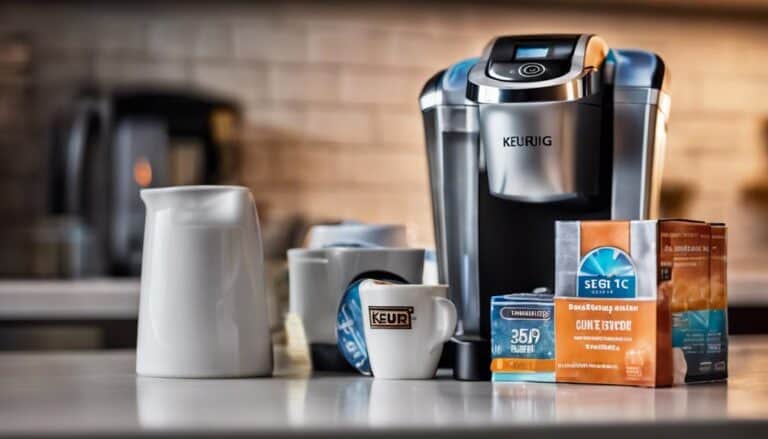
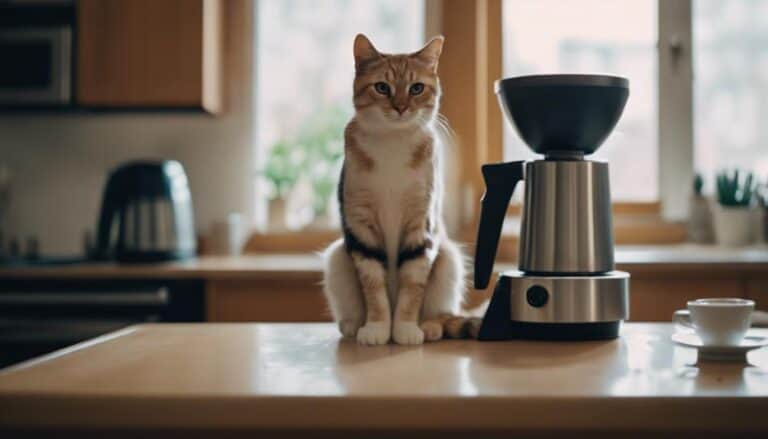
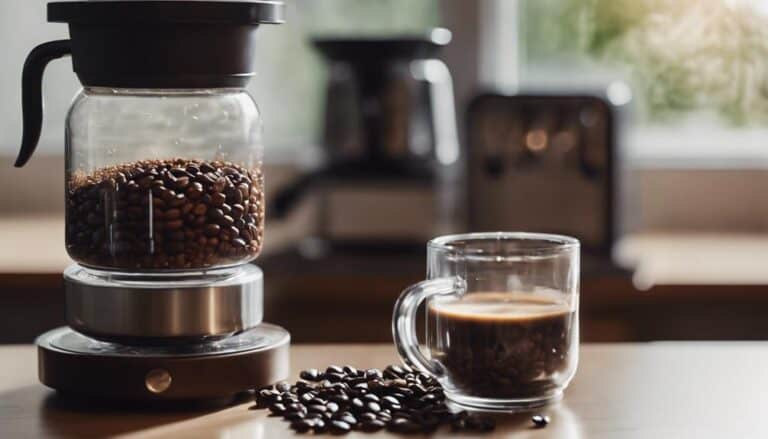
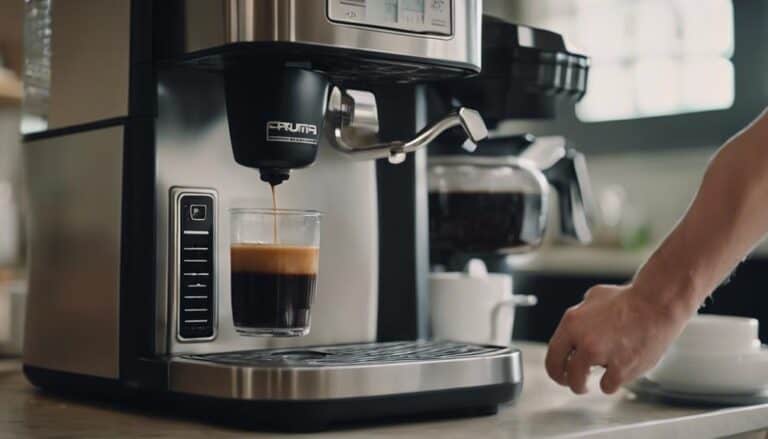

2 Comments